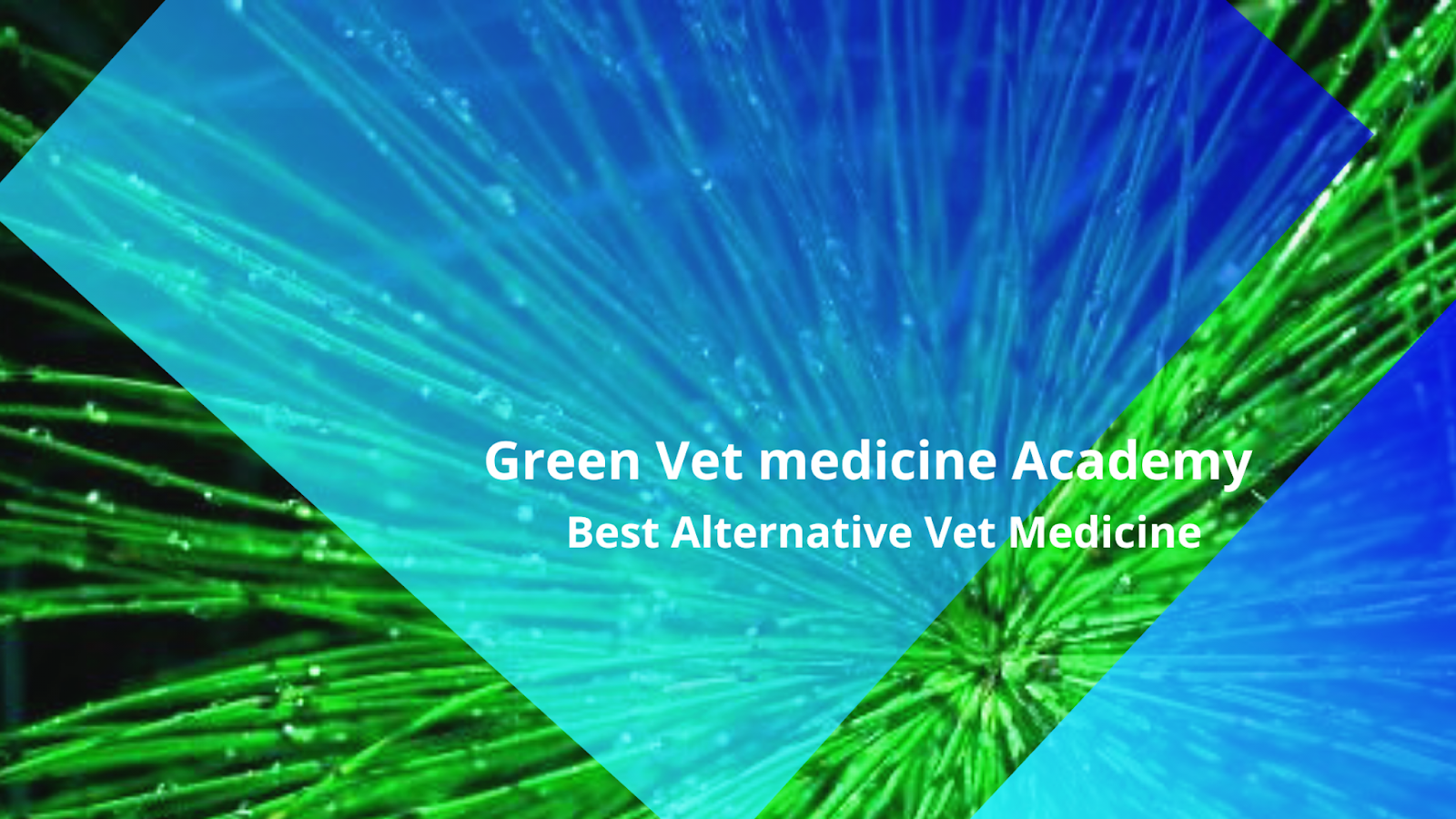Homotoxicology in Vet Medicine.
The goal of treatment in homotoxicology is to detoxify the body and restore the body’s natural biorhythms. For those with health challenges, homotoxicology maintains that health cannot be achieved without ridding the body of toxins. Many practitioners of natural medicine feel that ALL disease is the build up of toxins in the system at the cellular level.
Homotoxicology involves using homeopathic remedies to facilitate the removal of toxins and stimulate the body’s capacity to heal itself. This type of medicine explores the whole body and searches for a way to put the body back into a state of balance, away from a state of chronic toxicity.
In the animal body, homotoxicology focuses on treating the clinical signs that arise in an animal in a way the removes toxins while also treating the symptoms such as pain and inflammation. The use of botanical medicines alone as well as paired with other alternative treatments such as Acupuncture, Chinese Herbal Medicine,have been shown to have significant positive effects. Animals auto Immune Diseases such as Lupus, Hyper and Hypo-thyroidism as well as Addison's and Cushing's disease appear to respond very well in to homotoxicology treatments. Often homotoxicology can be tied to other way to treat animals, for example we can use homotoxicology and hair analysis of animals. By hair analysis of animals we can to know the general situation of the animal, and then , with homotoxicology, we can treat the pathology.
Many pathologies can be treated in animals like horses, dogs and cats, but we have good results with birds too.

0 Comments
Post a Comment